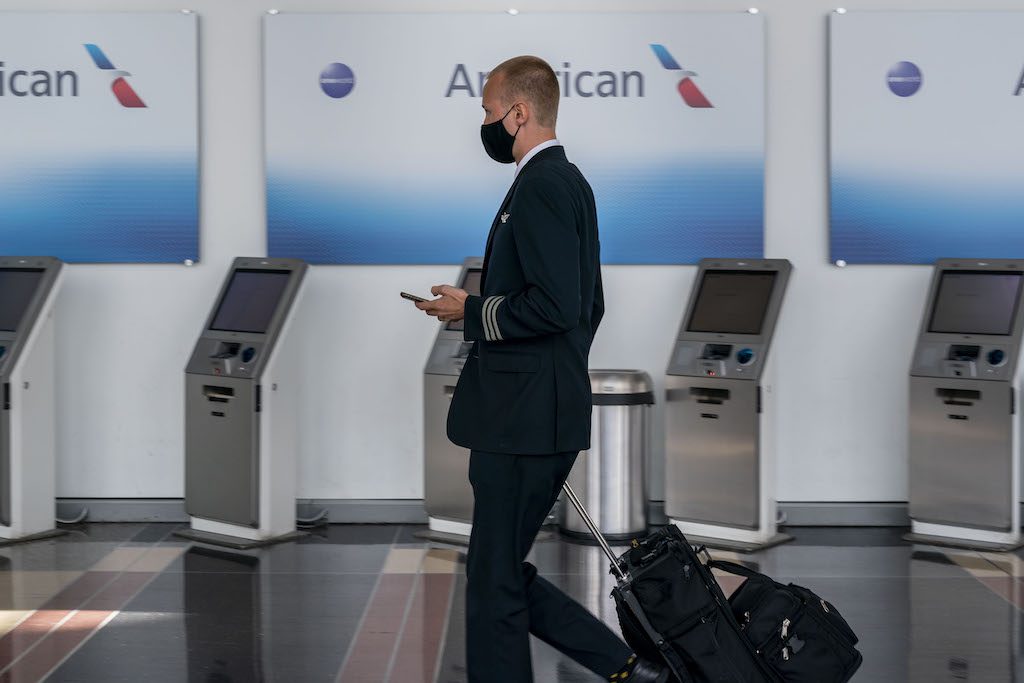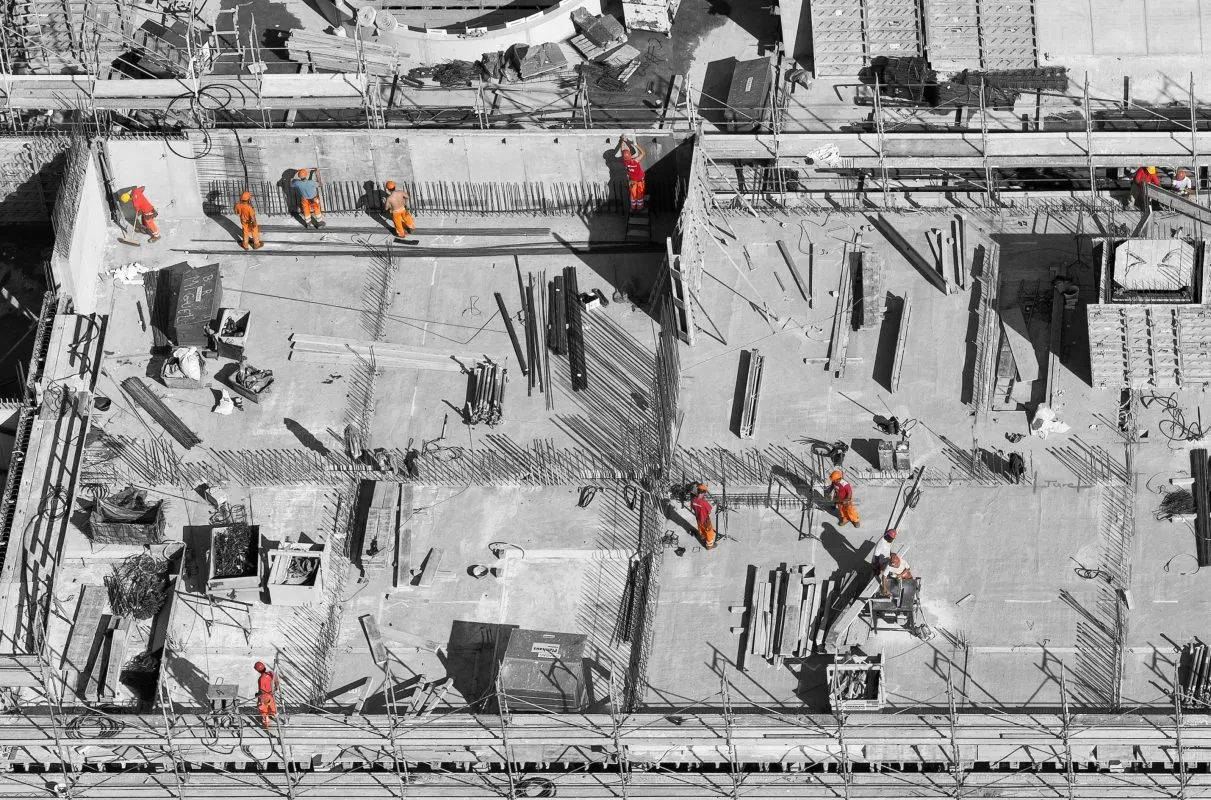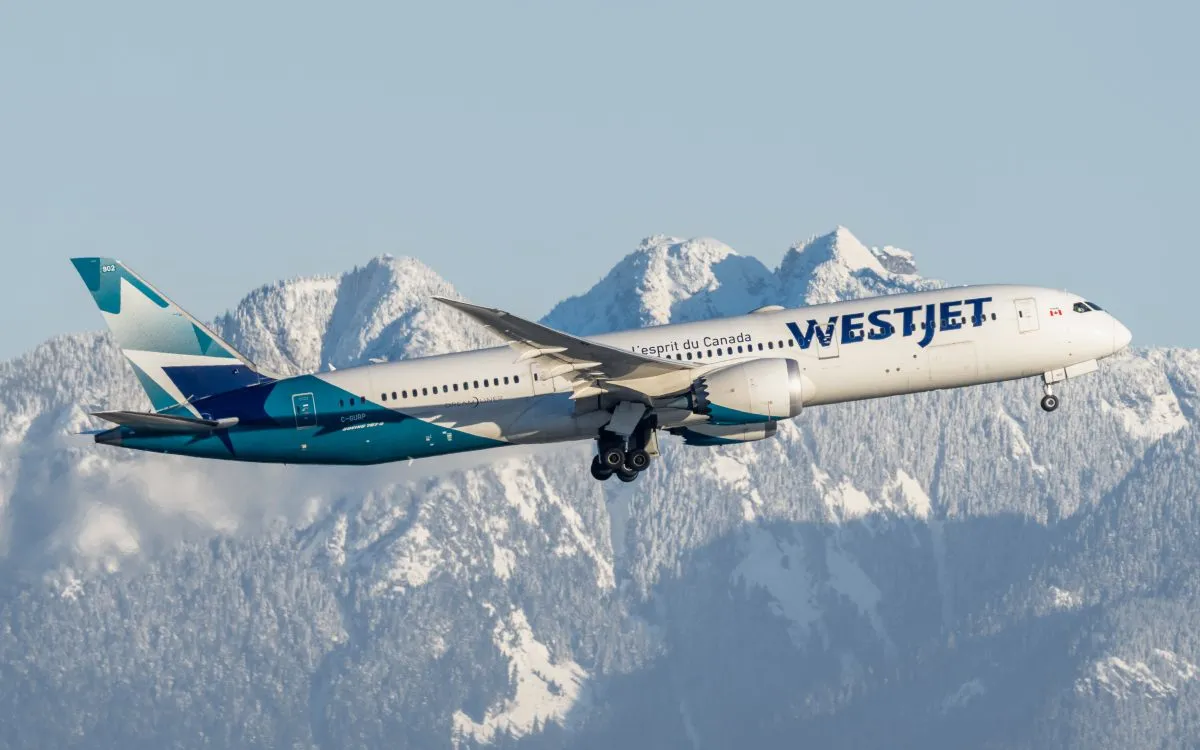Regional Pilot Shortage Slows the U.S. Airline Recovery

Skift Take
The coronavirus pandemic is the crisis that just keeps giving to the airline industry. While many — though not all — travelers have come back faster than expected, the virus has upended the fragile talent pipeline for many of the critical jobs that make the industry go, not least that of pilots.
Omicron is the concern de jure. Carriers around the world — from Alaska Airlines to Finnair and Qantas — have pared schedules through March as Covid-19 cases have surged, and sidelined significant numbers of airline staff. It has been so bad that at one point in recent weeks, roughly a third of United Airlines’ staff at its Newark hub were out sick. Many public health experts expect the Omicron wave to begin easing shortly, and allowing the airline industry to get back to the recovery at hand.
But even as Omicron ebbs, airlines — particularly in the U.S. — face staffing shortages that range from entry-level positions like baggage handlers to highly qualified pilots and maintenance technicians that fly the regional jets that connect many smaller communities to major hubs, and on to the world. These issues are creating very real, and more difficult to mitigate, challenges to the broader recovery.
“There’s a lot of pressure on hiring, and that may have the effect of creating a conservative capacity growth going forward," said Kevin Healy, president and CEO of Campbell-Hill Aviation Group that works with airports to land new flights, in a presentation at the U.S. Transportation Research Board (TRB) annual meeting in Washington, D.C., on January 11.
Airlines are already being forced to cut flights on account of staffing shortfalls. Delta Air Lines has reduced regional flying by 20-25 percent from planned levels during the first half of 2022 as a result, President Glen Hauenstein said during the carrier's fourth quarter earnings call on January 13. United Airlines has been forced to park more than 100 small jets, end service to at least eight destinations, and suspend multiple routes due to the shortage with the airline informing many airports that it may not return until 2023. And American Airlines, while its schedule appears less impaired, CEO Doug Parker has confirmed that it too faces challenges hiring pilots at its wholly-owned regional affiliates.
The pandemic exacerbated existing pilot supply issues in the U.S. While airlines avoided involuntary furloughs thanks to federal Covid-19 relief funds, they still pruned their ranks of pilots, flight attendants, and other trained staff through voluntary departure packages and early retirements. These departures were necessary to help mitigate the immediate, deep losses carriers faced. Then, when travelers began returning in droves, major carriers turned to their long-standing pool of new pilots: Regional airlines.
An analysis by Raymond James in December estimated that the eight largest U.S. carriers will hire nearly 8,000 pilots in 2022 alone. That’s nearly half of the 17,167 pilots that U.S. regional airlines employed at the end of 2020.
“There are a handful of certainties in life [and] one is supply and demand," said Jens Hennig, vice president of operations at the trade group General Aviation Manufacturers Association, at TRB. "If you want to attract something in a competitive environment it comes down to dollars and cents, and lifestyle … It's going to be highly competitive because you cannot grow a pilot very quickly."
Getting out of the shortage may take years. Commercial airline pilots require years of expensive training, and at least 1,500 hours in the air before they can fly a passenger plane. Healy said that these certification rules, particularly the hour requirement, will likely be a "big constraint" on the recovery at mainline carriers, particularly for flights to small- and medium-sized communities. He worried that some smaller communities that only have flights on one major carrier, for example Toledo, Ohio, could lose all network carrier service as a result.
Major airlines are not sitting idly back. They have put together training programs, flight schools, and other pipeline programs designed to funnel trainees first into their regional affiliates, and then eventually into jobs flying mainline jets, like the Airbus A320 or Boeing 737. But, as Hennig noted, this takes time — as long as five years according to some estimates. In other words, the supply of new pilots in 2022 is based on initiatives set in motion sometime around 2017.
There are creative approaches to get around the pilot problem. Startup Breeze Airways, which is led by JetBlue founder David Neeleman, has turned to a unique visa program to hire Australian pilots. However, the major Air Line Pilots Association (ALPA) union objects to this making it unlikely American, Delta or United could go down this path.
But one airlines' lemons is another's lemonade. Discounters like Allegiant Air, Frontier Airlines, and Spirit Airlines — none of which have regional affiliates or face the same pilot hiring issues — are leading the pandemic schedule recovery. In 2021, combined domestic capacity at the three carriers was flat compared to two years before while the combined capacity art American, Delta, and United was down nearly 19 percent, according to Cirium schedules.
The rapid recovery and growth of budget carriers signals a broader trend. The segment, which was almost non-existent 20 years ago, grew its share of U.S. domestic passengers to 15 percent in the first half of last year from just 11 percent in all of 2019, according to data from trade group Airlines for America (A4A) Chief Economist John Heimlich. He called this share growth a "significant shift" in U.S. travel patterns.




